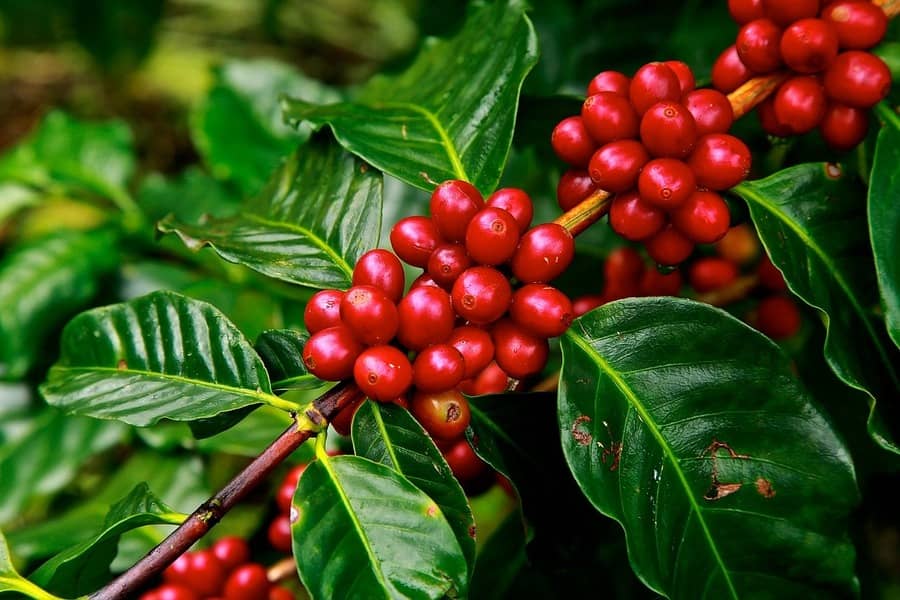It is raining again in coffee areas. Besides recovering soil moisture, this must also benefit the new blossoming. Unlike the premature blossoming in August, the current one must have greater coverage. And with that, the cycle of the new Brazilian crop is effectively started.
But it is important that the appearance of blossoming is followed by regular moisture to continue the development cycle of the coffee crop and avoid plant abortion. The weather outlook is more positive this year. Despite the presence of a weak La Nina, the expectation is for more regular rain in southeastern Brazil, with climate models pointing to a return to normality, according to Rural Clima. The rain is already more favorable in the south of Minas Gerais and must also be more widespread in the Cerrado de Minas in October, which is a positive scenario for the development of coffee plantations.
The confirmation of good blossoming and a favorable climatic sequence reinforces the idea of a full crop in Brazil in 2023. The more negative slope of the coffee future price curve on ICE US reflects this sentiment. While the market shows short-term firmness, it also widens the negative spread for longer positions. Thus, the difference between Dec/22 (spot) and Sep/23 (Brazil’s new crop) is already above 20 cents, which reaffirms the different moments, with a short-term shortage and the promise of slack in future supply.
This perception is important to guide strategies for future crops, especially for growers. It is time to define costs and, therefore, also important for margin protection. Many growers claim that it is not worth closing a position in advance because the indications for future prices are below or equal to physical coffee prices. But the rationale here should be another, based on margin protection (difference between cost and revenue). It is worth remembering that the price of future coffee commitments is not lower only because the curve of the future dollar is sustaining a very aggressive positive spread, guided by the high in the Selic rate by nearly 14% a year. This positive slope of the dollar offsets the losses with the negative future curve of coffee in New York. Without this compensation through the dollar, the future price of coffee in reals would already be lower than the physical price. But the effect of the dollar curve tends to lose strength with the approach of the physical delivery reference (crop arrival).

